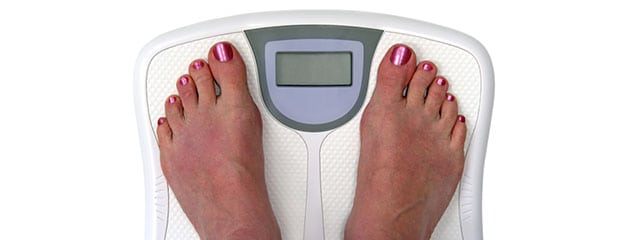
Achieve your weight loss goals with Roux-En-Y Surgery.
The Roux-en-Y surgery was developed by Cesar Roux as a way to facilitate weight loss in patients who are obese. The finished shape of the stomach and intestinal configuration looks similar to the lowercase letter “y.”
In this type of weight loss surgery, our bariatric doctors connect the distal, or middle to lower portion of the small intestine, with the proximal, or upper part of the stomach.
CONTACT US TODAY
The small intestine is split about 18 inches down from its connection with the stomach. This causes the body to absorb less of the fat and calories that are consumed. The Roux-en-Y surgery is the most common type of gastric bypass surgery and has been used to help patients lose weight for more than 20 years.
Reasons Why a Roux-en-Y Surgery Is Performed
Our bariatric surgeons perform the Roux-en-Y in order to help obese patients lose weight. The Roux-en-Y procedure both restricts the amount of food that you can eat and reduces the number of calories and the amount of fat that your body is able to absorb from foods. As a restrictive type of weight loss surgery, the Roux-en-Y procedure helps you to feel full faster. You will be able to eat about one-half of a cup of food and feel satisfied and full. If you had difficulty following diets in the past due to small portion sizes, the Roux-en-Y surgery makes this easier because your stomach will actually send signals to your brain to tell you that you are full. The Roux-en-Y makes it easier to eat small portions of food.


Our weight loss surgeons also perform the Roux-en-Y surgery in order to help to reduce the complications of obesity. Patients who are obese have a higher incidence of weight-related conditions such as type 2 diabetes and arthritis. By helping you to lose weight through the Roux-en-Y surgery, our doctors may be able to help you to control those other conditions. Losing weight may allow you to move with less pain in your joints or to use less insulin to control your blood sugar levels.
Who Is Considered for the Roux-en-Y Surgery
In order to have the Roux-en-Y surgery performed by our doctors, each patient needs to meet certain medical guidelines. These guidelines help to ensure that your Roux-en-Y surgery will be a success. Patients who qualify for the Roux-en-Y surgical procedure should have a body mass index that is equal to or greater than 40. Our doctors may also be able to perform the Roux-en-Y surgery if you have a body mass index that is between 35 and 39 and you also have another obesity-related health problem, such as obstructive sleep apnea, asthma or high blood pressure.
The Roux-en-Y is performed on patients who are 18 to 55 years old. Our weight loss surgeons also make sure that anyone who is considering the Roux-en-Y is ready to commit to making healthy lifestyle changes and following the nutritional and exercise plan that is customized to each patient.
Tips on Losing Weight After the Roux-en-Y Surgical Procedure
After your Roux-en-Y surgery, you will need to take your time eating your meals. Just a small portion of food, which is about two to four ounces or one-half cup in size, will stretch your stomach. The stretching of your stomach stimulates nerve endings. These nerve endings transmit messages to your brain that your stomach is full. Eating slowly allows your nerves to send the message so that your brain can respond by concluding your meal. Eating your food slowly and carefully also allows you to enjoy the tastes, textures and aromas of the meal and will also help with the digestive process. It will be important to only eat at meal times and to avoid grazing or snacking between meals.
Results to Expect After the Roux-en-Y Surgery
You can expect to begin losing weight within days of having the Roux-en-Y performed by our bariatric surgeons. With the Roux-en-Y surgery, most patients lose 60 to 80 percent of their excess body weight within one to two years of the procedure, although it is important to remember that results vary. A typical rate of weight loss is three to four pounds per week for the first six months and then one to two pounds per week for the next 6 to 18 months. High cholesterol, lower back pain, knee pain and type 2 diabetes are reversed in up to 90 percent of patients who have the Roux-en-Y surgery. To learn more, contact us today.

